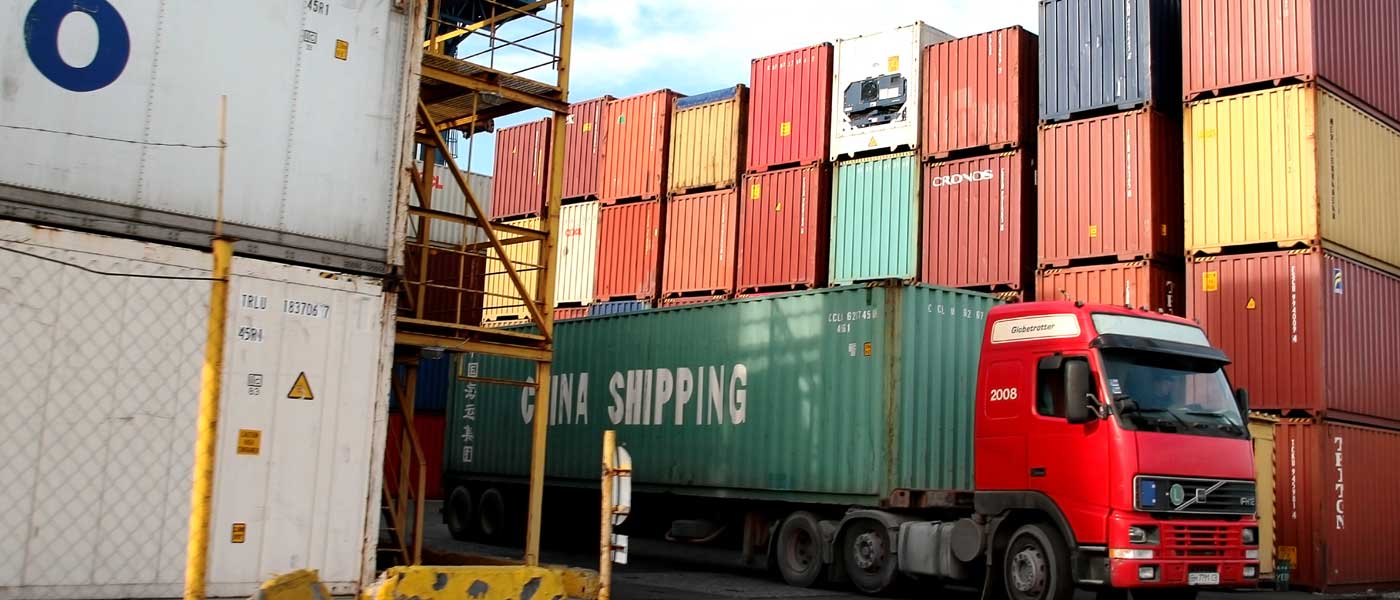Container Shortage Crisis in Northern China
- May 27, 2024
- Blog
Freight forwarders are reporting a critical shortage of containers in northern China. This issue is exacerbated by a surprisingly robust market and diminished vessel capacity due to the ongoing Red Sea/Gulf of Aden crisis. The combination of these factors has led to a significant strain on both ships and containers.
“The severe container shortage in Northern China has caused a frantic rush as shippers clamour to secure equipment”, as highlighted by Stewart Schnieder-Loos, CEO – Greater China Area at 20Cube Logistics. This shortage has significantly disrupted equipment planning, and the additional issues of port omissions and congestion have further exacerbated the challenges faced by the supply chain industry.

China, Australia’s largest two-way trading partner, accounted for 26% of trade in FY2022-23, totalling a massive AU$316.9 billion which continues to rise (AFR, 2024). Although Australia is a tiny player in container shipping at a mere 1% of global usage, shipping accounts for 99% of the volume and around 80% of the value of goods imported into and exported from Australia (Australian Government, 2024). Thus, this can be consequential with significant disruptions in commerce and operations.
Key players in the logistics industry confirmed the equipment shortage in a recent message to customers. The situation in North China is particularly dire, with container availability fluctuating daily based on vessel arrivals and the discharge of empty containers. Shanghai, in particular, is facing severe shortages, with most carriers lacking empties. The vessel waiting time at the port ranges from three to 14 days due to congestion, contributing to schedule delays across nearly all carriers.
The shortage extends beyond Shanghai. Major ports such as Yantian, Ningbo, Tianjin, and Qingdao are also experiencing difficulties. It differs by carrier and container type, but the trend suggests that a widespread empty shortage is coming.
Strong market conditions are prompting carriers to become increasingly selective about bookings. This has led some Beneficial Cargo Owners (BCOs) on long-term agreements to seek additional quotes to handle the anticipated excess volume in the coming months. Additionally, carriers have announced blank sailings for June, resulting in a significant capacity reduction of 15-20% and further exacerbating week-to-week capacity fluctuations.
Similarly, Asian countries are largely affected by container shortages, particularly India as almost all their trade with North America, the Middle East and Europe is dependent on the Red Sea through the Suez Canal channel. These regions accounted for about 50% of India’s exports and about 30%of imports, in 2023. The rerouting has increased their shipping costs and included an extra timeline to its journey which is not only delaying the shipments but also creating shortages of the containers. Sri Lanka and Bangladesh are also facing similar issues as containers are stuck without clearance causing shortages for exporters to ship goods. The clearance process which used to take around two months during normal operations is now taking a maximum of five months to process.
Several major carriers have echoed these sentiments, warning of increasing equipment challenges at more origins and advising stakeholders to brace for continued disruptions.
The container shortage in northern China represents a significant challenge for the global logistics industry. Forwarders and shippers alike must navigate this complex landscape with flexibility and foresight, preparing for continued disruptions and seeking innovative solutions to maintain the flow of goods. The crisis demands speedy and strategic actions, including better container management, improved logistical coordination, and increased collaboration among industry stakeholders. By addressing these challenges, the shipping industry can mitigate current disruptions and build a more resilient supply chain for the future.
